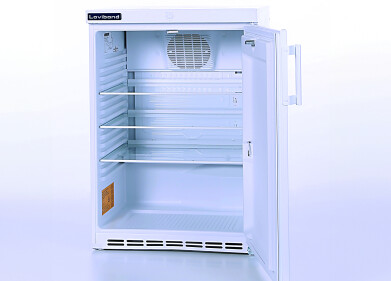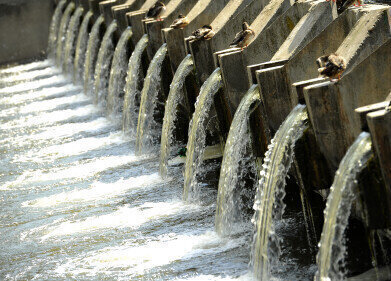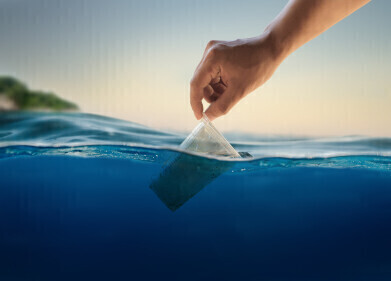Drinking water
Can Microplastics Be Removed from Water?
Sep 18 2021
Over the last decade or so, there has been a slowly intensifying media spotlight on the presence of microplastics in our environment. These microscopic particles of plastic pollution, which are defined as being less than five millimetres in size – or roughly equivalent to a sesame seed – have been found to accumulate in astonishing quantities in our seas and oceans. They’ve even been discovered in drinking water supplies around the globe!
Although the scientific community is not yet certain what the long-term consequences of consuming and ingesting microplastics is for human health, there is a growing body of evidence which suggest they can mess with our hormones. But how do they arrive into these water sources in the first place? And perhaps more importantly, is it possible to remove them from water to limit human exposure and clean up the environment as much as possible?
Where do microplastics come from?
Microplastics are present in a wide variety of consumer products found in households around the world. They are used in synthetic textiles such as fleeces and coats, they are found in personal care products like shampoos and shower gels and they coat the surface of car tyres, among many other sources. They can leach from the former two locations and become washed down the drain, while friction during braking can cause them to rub off from a tyre’s tread onto the road surface. Then, they can be swept into rivers, streams and sewers by rainfall.
This causes them to enter the public wastewater system. Although treatment plants are supposed to remove them from effluent through sophisticated filtration systems, this is not always the case. For more information about the presence of microplastics in these locations and the potential dangers they pose, the upcoming talk Microplastics in aquatic environments and health promises to hold much useful information.
Can they be removed from drinking water?
In recent years, there have been some concerning statistics regarding the prevalence of microplastics in drinking water. One study concluded that microplastics were present in 93% of bottled water all over the world. Another claimed that they had infiltrated 94% of tap water in the USA and 72% in Europe, suggesting they may be more ubiquitous than previously imagined.
Fortunately, another paper on British drinking water found that standard wastewater treatment methods in the UK are capable of removing 99.9% of microplastics before they enter the public domain. The research discovered that whereas 4.9 microplastics were found in every litre of untreated water, that figure dropped dramatically to 0.00011 microplastics after passing through the treatment plant.
What’s more, concerned consumers can hedge their bets by purchasing their own filter and make doubly sure by removing any lingering contaminants themselves. Distillation filters, reverse osmosis filters and carbon block filters are all effective at the task, proving that microplastics can, indeed, be removed from water.
Digital Edition
IET 35.2 March
April 2025
Air Monitoring - Probe Sampling in Hazardous Areas Under Extreme Conditions - New, Game-Changing Sensor for Methane Emissions - Blue Sky Thinking: a 50-year Retrospective on Technological Prog...
View all digital editions
Events
May 06 2025 Nuremberg, Germany
May 10 2025 Karachi, Pakistan
May 11 2025 Vienna, Austria
May 11 2025 Seoul, South Korea
Salon Analyse Industrielle & Instrumentation
May 14 2025 Paris, France
.jpg)




.jpg)

_(4427399123)-(2).jpg)











